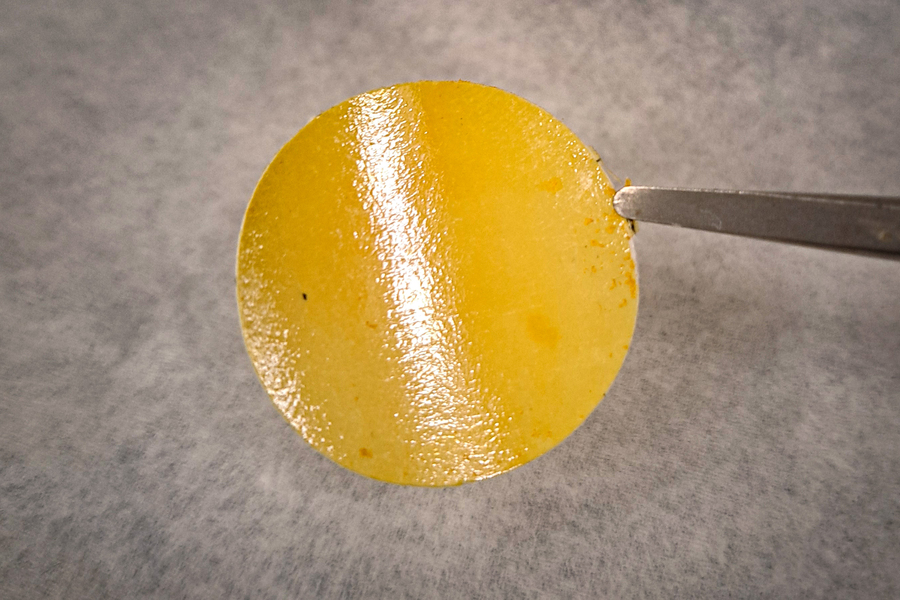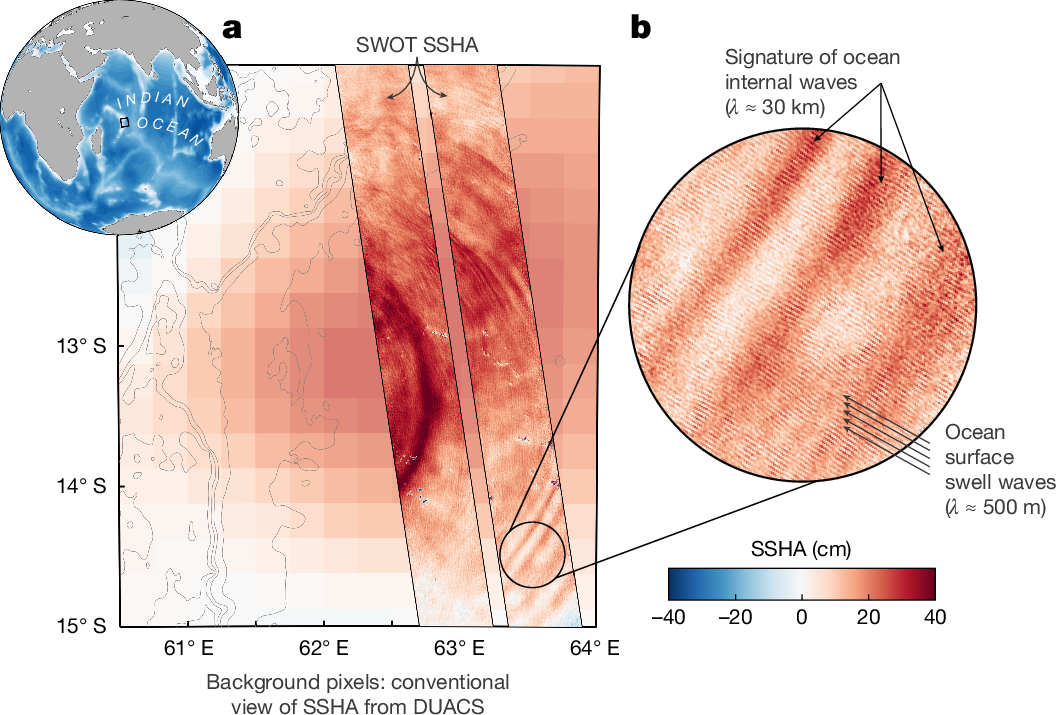2025-05-22 マサチューセッツ工科大学 (MIT)

MIT engineers developed a membrane, pictured, that filters the components of crude oil by their molecular size, an advance that could dramatically reduce the amount of energy needed for crude oil fractionation. Credits:Image: Courtesy of the researchers
<関連情報>
- https://news.mit.edu/2025/new-approach-could-fractionate-crude-oil-using-less-energy-0522
- https://www.science.org/doi/10.1126/science.adv6886
液体炭化水素混合物の効率的分離のためのポリイミン微多孔膜 Microporous polyimine membranes for efficient separation of liquid hydrocarbon mixtures
Tae Hoon Lee, Marcel Balcik, Zain Ali, Taigyu Joo, […] , and Zachary P. Smith
Science Published:22 May 2025
DOI:https://doi.org/10.1126/science.adv6886
Editor’s summary
Membrane processes may allow for more energy-efficient approaches for the separation of complex hydrocarbon mixtures. To maximize the combination of flux and selectivity, thin polymer films, usually based on amide chemistry, are put onto porous supports. Lee et al. use interfacial polymerization to create thin film polymers with imine linkages, where shape-persistent monomers introduce high free volume into the final film (see the Perspective by Budd). To avoid the need for one monomer to be stable in the water phase and the other in the organic phase, the authors used an acid-catalyzed technique with both monomers dissolved in an organic phase and polymerization occurring on contact with an aqueous phase containing an acid catalyst. The polyimine films outperformed their polyamide counterparts and were resistant to the swelling and consequent reduction in selectivity that occurs with many organic solvents. —Marc S. Lavine
Abstract
Interfacial polymerization has been an industrial standard for preparing desalination membranes. Extending the same concept to molecular separation of organic solvents would be a key enabler for the decarbonization of the chemical and petrochemical industries through energy-efficient crude or biocrude oil fractionation. Here, we report a molecular engineering approach based on acid-catalyzed interfacial polymerization for efficient hydrocarbon separation. The design strategies include (i) changing the linkage from amide to imine and (ii) subsequent introduction of shape-persistent units such as triptycene and spirobifluorene. The prepared polyimine membranes exhibit ultrahigh microporosity and enhanced swelling and plasticization resistance compared with conventional polyamide counterparts. These membranes, which feature fast and selective transport of hydrocarbons, including multicomponent and industrially relevant mixtures, outperform commercial and state-of-the-art benchmark membranes.



